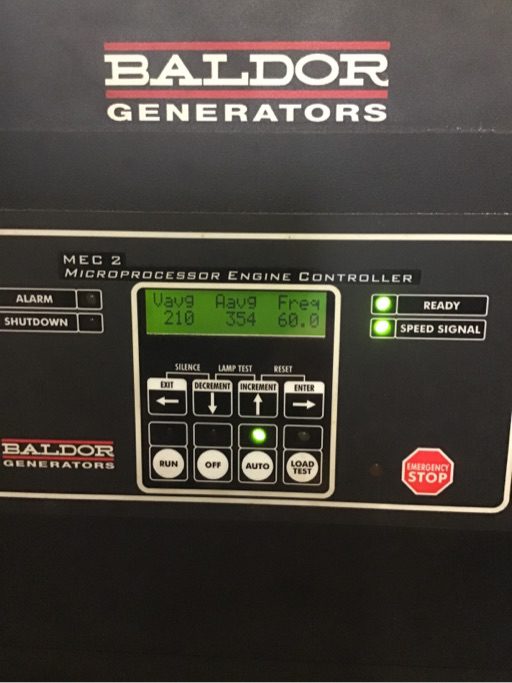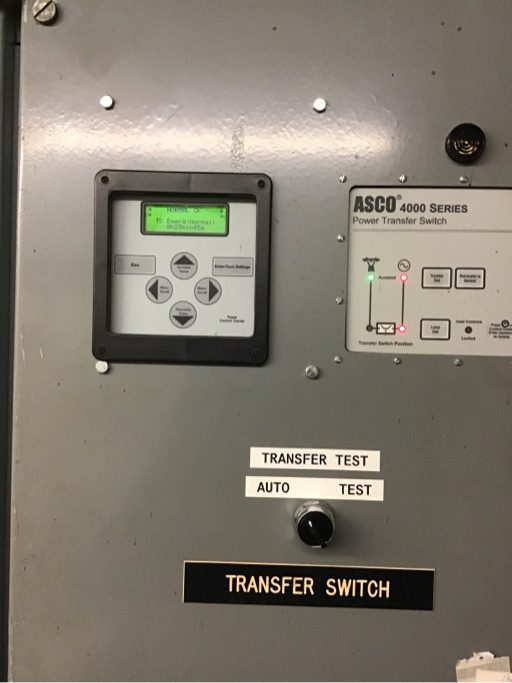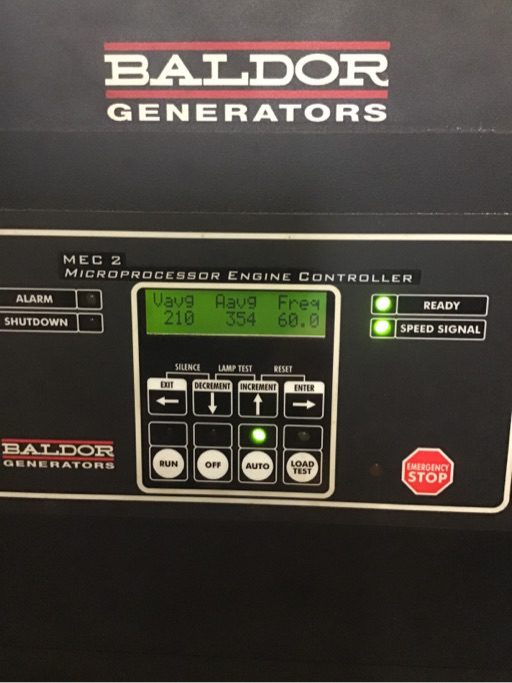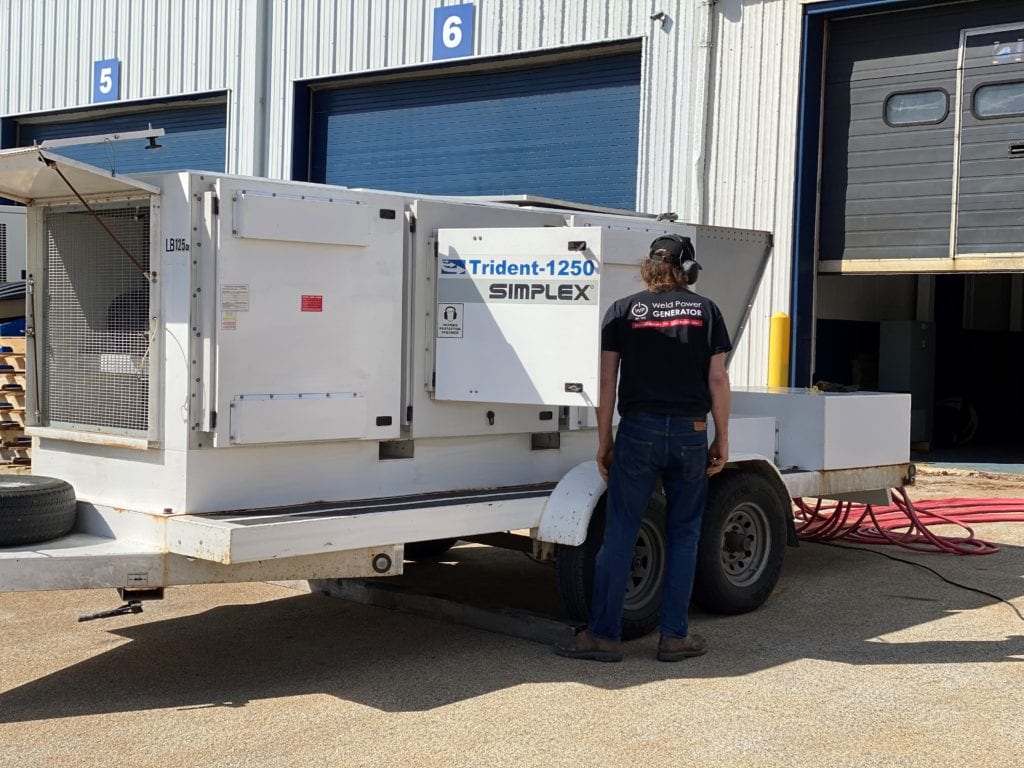Building Load Testing
What is a Building Load Test?
A Building Load Test is the only way to ensure your emergency system will operate as it should in the event of a power loss. It is a crucial procedure in ensuring the reliability and performance of a generator system within a building or facility. Not to be confused with Load Bank Testing, a Building Load Test involves subjecting the generator to its total load capacity to evaluate its capability to handle the electrical demand of the building it serves.
During this test, the generator is put under a load by simulating real-world conditions, such as power outages or peak demand periods. This test provides valuable insights into the generator’s ability to sustain power output and maintain stable operation when needed.


What happens during a Building Load Test?
The generator is subjected to a load that mirrors the expected demand of the building which is executed through the transfer switch. This load typically represents the maximum power requirements of the building under normal or emergency conditions and will provide insight into the system’s capabilities to handle those loads in the event of a loss of power.
Throughout the test, various parameters are closely monitored, including voltage, frequency, and temperature. Any fluctuations or abnormalities are noted and analyzed to assess the generator’s performance under load.
What are the benefits of performing a Building Load Test?
By subjecting the generator to the building’s load capacity, building load testing ensures the generator can reliably provide power when needed, minimizing the risk of failure during critical situations. Building Load testing helps uncover any potential weaknesses or deficiencies in the generator system before they become serious issues & prior to an emergency situation.
Building Load Testing is the only proactive way to verify that the system will work as designed.


When Should You Perform a Building Load Test?
It is recommended that a Building Load Test be performed after every maintenance visit as well as after any repair is performed on the generator. A Building Load Test is the only way to determine if the emergency system will function as designed during a power failure.
NFPA 110 also states that a Level 1 or Life Safety generator should be tested under load at least once a month to verify its operational readiness.
While building load testing is a critical aspect of generator maintenance and ensures that backup power systems are reliable, efficient, and capable of meeting the demands of the building they serve, conducting this testing can be complex and requires careful planning to ensure the safety of both the building’s occupants and the equipment. During Building Load Testing, the facility will experience a momentary lapse in power during transition which may cause brief interruptions in lights, computers, UPS,’ or any other critical loads.
This interruption, albeit brief, can make performing a Building Load Test difficult for facilities during normal business operations, which is why Weld Power Generator also offers after-hour testing to help alleviate the impact on day to day business activities for business owners.
If you are interested in setting up a normal hours or after hours Building Load Test for your generator, please feel free to give us a call at 1-800-288-6016 or you can email us here.
You can also read more about the differences between Building Load Testing & Load Bank testing here.
